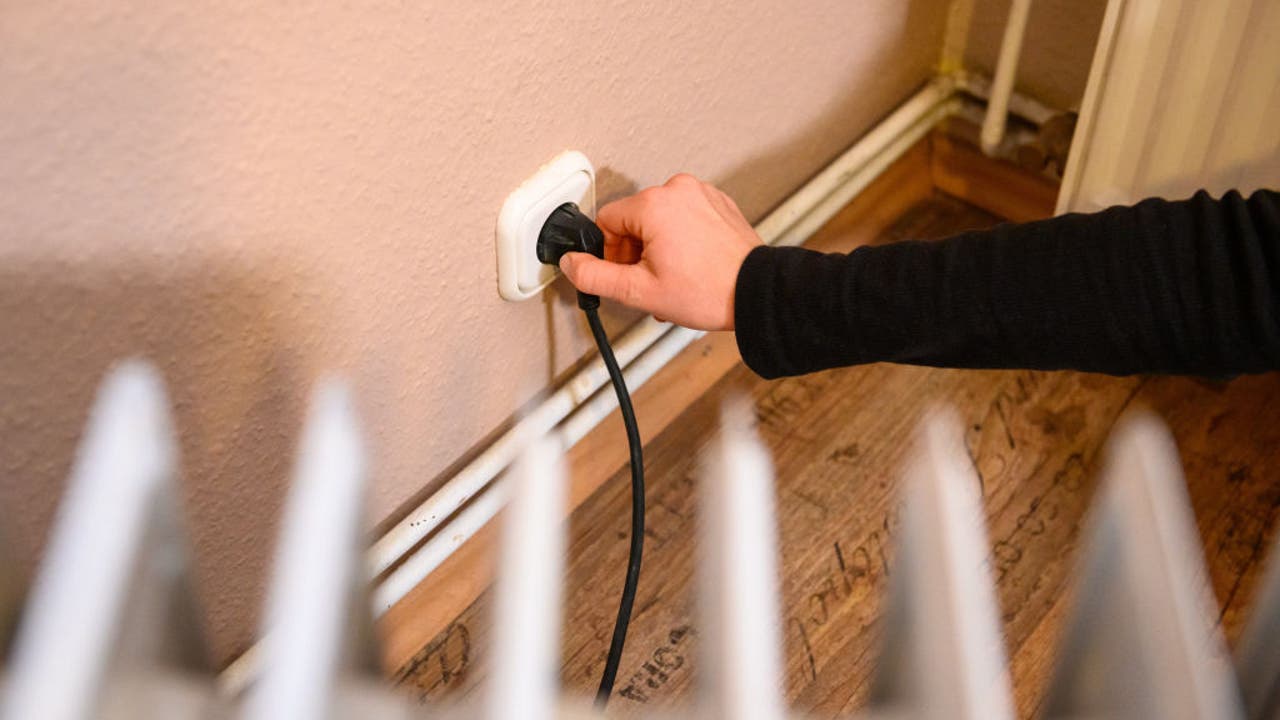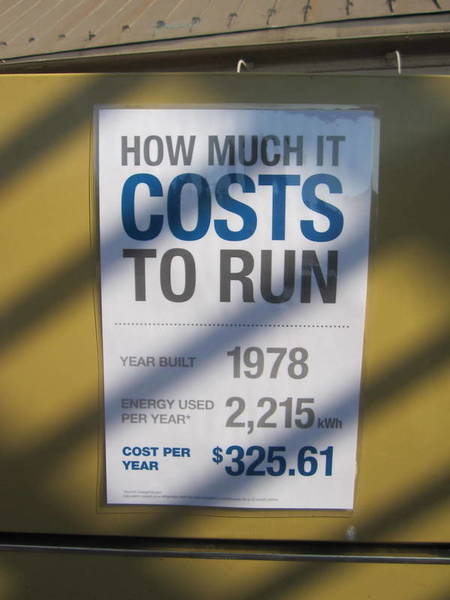Feeling the heat: Home energy costs spike well beyond predicted jumps this winter – FOX 2 Detroit
Energy Disrupter

Winter solstice: The shortest day of the year
Winter is coming for those in the Northern Hemisphere.
Is heating your house cutting into your holiday spending this year? Analysts warned shortly after the Russian invasion of Ukraine that oil, gas, natural gas and propane would hit near-record levels. The Energy Information Administration forecasted almost a 30% cost hike to heat U.S. homes this winter, but so far even those projections are looking too conservative.
Looking back on her bills from last winter, Allison Cekay of Lake Forest, Illinois has certainly noticed the spike in energy prices.
“Wow! This is the January 2021 bill. The gas charge was only $0.37901 per therm,” Cekay said.
The most recent gas bill charged $0.87104 per therm.
“That’s a 129.8% increase since January,” Cekay said.
Cekay was also shocked at the $309 she shelled out to heat her home with natural gas this November compared to the $167.05 she paid last November. And this year she doesn’t require as much heat because she and her husband are empty nesters after sending their daughter to college in August.
“We just got a new furnace and went with the one that was more efficient,” she said, wondering what else she could do to lower her bills. “I would not do solar panels.”
She is not alone with her frustration. More than 58 million Americans heat their home with natural gas – that accounts for 47% of all households, according to Fixr.com, a site that estimates remodeling costs, and the U.S. Census.
“Global supply of natural gas has decreased, while demand has increased. Natural gas is the most common fuel used to heat U.S. homes, and those areas of the country that rely on it more will feel the cost burden the most,” said Adam Graham, industry analyst for Fixr.com. “For example, in Utah, 81% of homes are heated using natural gas.”
Actual costs higher than expert projections so far this winter
The EIA projected a couple of months ago that Americans would pay on average $931 for heating with gas between October 2022 and March 2023 – an increase of 28% over last year.
But that forecast runs very short of the more than doubling of Cekay’s fuel costs for November alone.
Even the EIA estimate of a 51% cost increase for home heating if temperatures were 10% colder than average fell short of the Chicago suburbanite’s reality of the 128% price hike.
And while November temperatures did rank in the coldest 10 for almost 200 cities, according to the FOX Weather Center, the Chicago area was not one of them.
Most Americans share the same sticker shock as Cekay. EIA data shows the average price to heat a home in the U.S. in September 2022 was $24.60 per thousand cubic feet. November 2021 costs came in at $13.12 – nearly half as much.
That means this September, heating a 1,800 square foot home with standard 9-foot ceilings would cost $398.
Will colder than average temperatures stick around all winter?
NOAA released their winter temperature outlook and forecast cooler than normal temperatures across much of the northern third of the country from the Pacific Northwest eastward to the western Great Lakes and the Alaskan Panhandle. That will translate to needing more home heating.
Who could need less heating than a typical winter? The greatest chance for warmer-than-average conditions in western Alaska, the Central Great Basin, the Southwest extending through the Southern Plains and the Southeastern portion of the U.S. and along the Atlantic coast.
Unfortunately, the EIA still estimates higher home heating costs by 19% even if winter temperatures are 10% warmer than expected.
Homeowners heating with oil are faring a bit better, as prices rose 65% over last November, according to the EIA. Last year, November prices topped out just over $3 per gallon of oil. This year that same gallon will cost just under $6.
Cutting costs
“It’s just one more price increase headache, and this one we have to pay!” Cekay said of higher home energy bills. “I think everyone is penny-pinching and more so because heat is one thing we have to have. We are definitely not eating out as much and cooking more frugally at home rather than buying the food kits delivered.”
Cekay’s family also opted for a Secret Santa Christmas to cut some costs. That means everyone will only have to buy one gift instead of one for everyone.
Experts recommend a couple DIY projects to start saving on the cost. More investment, as the Cekays did by installing a more efficient furnace, could save more.
“It is wise to know why your gas bill is so high in order to be able to tackle these rising costs. Making sure your HVAC unit is correctly installed and well maintained can help make it run more efficiently,” said Graham. “Checking your home is properly insulated will help stop using the heating system unnecessarily. Especially as in colder areas, homeowners are expected to consume 5% more natural gas this year.”
Keep watching FOX WEATHER ON TV, read FOXWeather.com or get the app to find out how cold your area will be. We will also continue to bring you price checks and suggestions to lower your costs.















